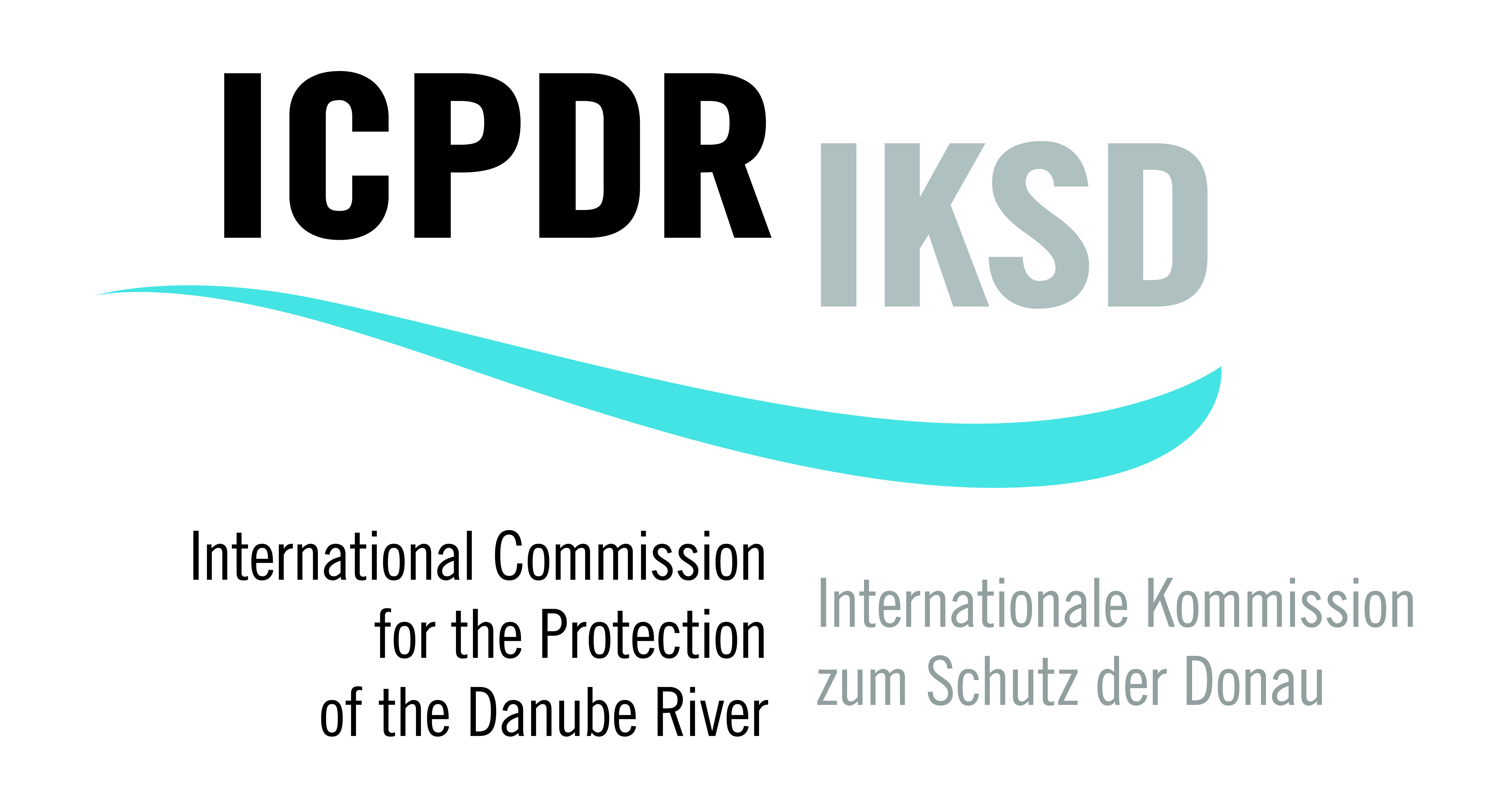The Danube River Basin Management plan (DRBMP) and the Danube Flood Risk Management Plan (DFRMP) for the next six years were endorsed by the governments of all the Danube basin countries at the virtual Danube Ministerial Meeting on 8 February 2022. The ministers also adopted a declaration on topics for the cooperation of the parties to the International Commission for Protection of the Danube River (ICPDR).
The non-government organisations that are official observers to the ICDPR - the Global Water Partnership, the Danube Environmental Forum, the International Association for Danube Research, the Danube Sturgeon Task Force, and WWF-CEE – addressed the ministers.
On behalf of the NGO observers WWF-CEE Regional Conservation Director Irene Lucius emphasized what the ICPDR and its parties should focus on the successful implementation of the twin plans: “Danube countries need to step up the preparation and swift implementation of projects that increase the resilience of landscapes against the impact of climate change. Floodplain restoration is a good example: it can help communities to reduce the impact of droughts and floods and in addition benefit biodiversity conservation. There is plenty of funding available from EU sources - it´s a matter of earmarking it for such working-with-nature approaches”.
Konstantin Ivanov, GWP CEE’s Regional Coordinator, says: “The EU Biodiversity Strategy includes a target of restoring 25,000 km of free-flowing rivers by 2030, securing the corridors needed to ensure ecological connectivity, extending areas under strict protection, or improving synergies with nature and marine directives. The observers to the ICPDR call for a more strategic, longer-term approach, which should include a 2050 roadmap with six-year steps to get there, as well as relevant targets”.
The NGO observers to the ICPDR furthermore emphasized the need to improve integration of sectoral policies at national level by the governments. Some progress has been made, such the planning for inland waterways, but particularly the agriculture sector must understand both its obligation to contribute to the implementation of EU legislation, especially the EU Water Framework Directive, and the attendant benefits from increased climate resilience and public trust.
Operators of the Iron Gates power plants must be convinced to support an ambitious roadmap towards making the dams passable for migratory fish. By 2024, the technical solution and its price tag will be known and governments should be moving quickly towards implementation.
The NGO observers to the ICPDR were consulted in October 2021 on the draft Outline of the Ministerial Declaration signed at the meeting. In a common letter, sent to the Ministers responsible for water management of the Danube basin and Virginijus Sinkevičius, EU Commissioner for the Environment in January, the organizations presented their views on important issues which they believe merit a particularly high degree of ministerial attention and support in the coming years and therefore also need particularly high visibility in the Declaration.
The Danube River Basin is the most international river basin in the world passing through 10 countries and draining all or part of 19 countries by its numerous tributaries. Approximately 83 million people live in the Danube River Basin and more than 20 million people depend directly on the Danube for their drinking water. The Danube basin is also sheltering unique habitats, such as large floodplain forests, river islands and oxbows.
Over the past 150 years, more than 80% of floodplains and wetlands of the Danube Basin have been lost, followed by the linked ecosystem goods and services. Economic development, climate change and resulting pressures originating from unsustainable water use, lead to increased environmental threats from nutrient pollution to the impact of river infrastructure.
Click on this link to access all Danube River Basin Management plans and Danube Flood Risk Management plans.
